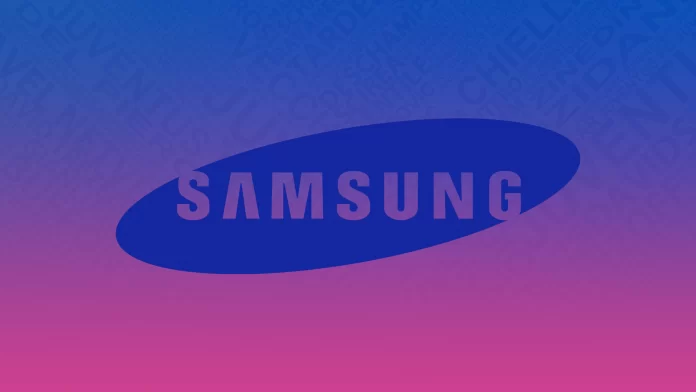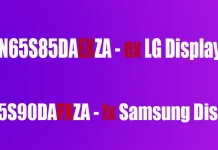Any modern TV has a subtitle function, but recently people have begun to notice that instead of subtitles on the screen closed captioning. Samsung TV also has this function and by displaying closed captioning it creates a better viewing environment for people with hearing impairments.
However, what is the difference between closed captioning and subtitles? Since many people think closed captioning is better than subtitles.
What are subtitles?
Subtitles are text accompaniments to a movie or video. Subtitles date back to the silent film era, when they were the only way to reproduce dialogue between actors.
They didn’t disappear with the advent of sound movies. They began to be used for translation from a foreign language, as a form of dubbing, and for additional information in the film.
Subtitles are an indispensable tool for hearing-impaired viewers. In addition, subtitles are very popular among people learning a foreign language.
Read also:
- How to turn on Demo Mode, Retail Mode, or Store Mode on Samsung TV
- How to change the source on Samsung Smart TV
- How to use Samsung MultiView with your phone or tablet
What is a closed caption?
People who don’t actively use subtitles think that closed captioning is almost the same as subtitles. It may seem that way, since closed captioning also displays text on the video. However, this isn’t all that closed captioning gives people.
Closed captions first and foremost give hearing-impaired people more options when watching any video content. As well as the text that describes the conversation between the participants of the video, additional information is also broadcast.
Depends on the content of the video, but most often it’s a bracketed description of the mood of the hero, cough, creaking door, thunder, wind gusts, and more. Thus it creates the most comfortable environment for the hearing impaired. As the description of all these details helps not to lose the essence of the content in the video.
What is the difference between closed captions and subtitles?
In addition to describing more details of what’s going on in the video, closed captions are more manageable. Since closed captions are invisible in normal mode, they can be turned on and made visible at any time. This feature is used quite often on almost all streaming services, which is displayed as ‘CC’.
The difference with regular subtitles is that subtitles are encoded into the video, you cannot turn them off or hide them. The subtitles are embedded in the video. This happens during video creation, trimming, and another necessary video editing. They also don’t require any special equipment or technology.
Whereas closed captions exist as separate files. You can turn them on and off at any time as they are easy to control since they aren’t embedded into the video. They are added to the video stream as text or images. A separate type of subtitles is pre-rendered subtitles encoded as an image. They are used on DVD and Blu-ray.
This is the main reason why streaming services and TV creators use closed captions. Since it’s much more convenient and allows managing them. However, one of the main reasons is to create a better experience of watching video content for people with hearing impairments. The most important thing is that closed captions didn’t complicate the TV settings management in any way.
Read also:
- Why Samsung is using its TVs to earn from ads
- How to fix subtitles aren’t showing on Samsung TV
- How to connect surround sound to TV with HDMI
How to turn closed captioning on or off on your Samsung TV?
Management of closed captions in Samsung TV settings isn’t complicated. Following only a couple of steps, you can enable or disable them. To do this, use the remote control and follow these steps to turn closed captioning on or off on your Samsung TV:
- You need to turn on your TV and press the ‘Settings’ button on your remote control.
- Then select ‘General’.
- Next, you need to select the ‘Accessibility’ section.
- After this window loads click on ‘Subtitles’.
- Select the desired option.
At this point, you can select the function you need to enable or disable closed captions. This will result in the video displaying subtitles or not. Depending on your choice.






